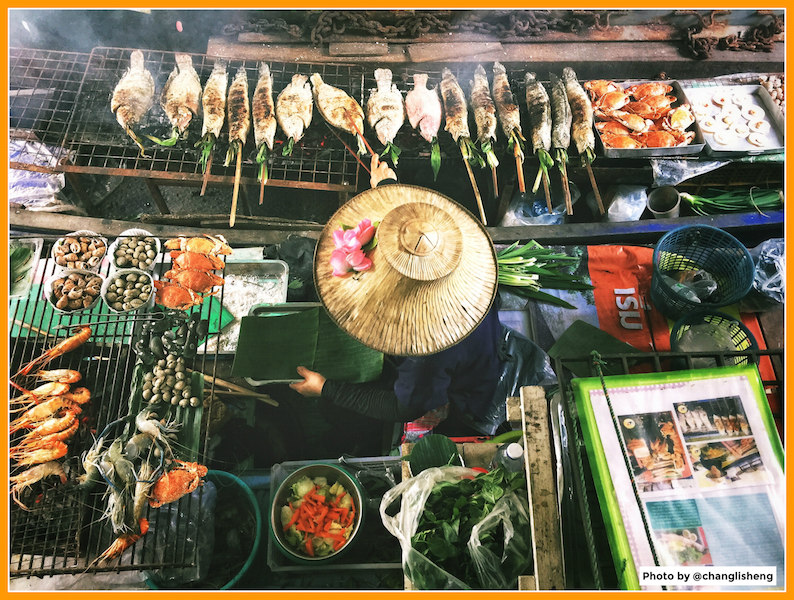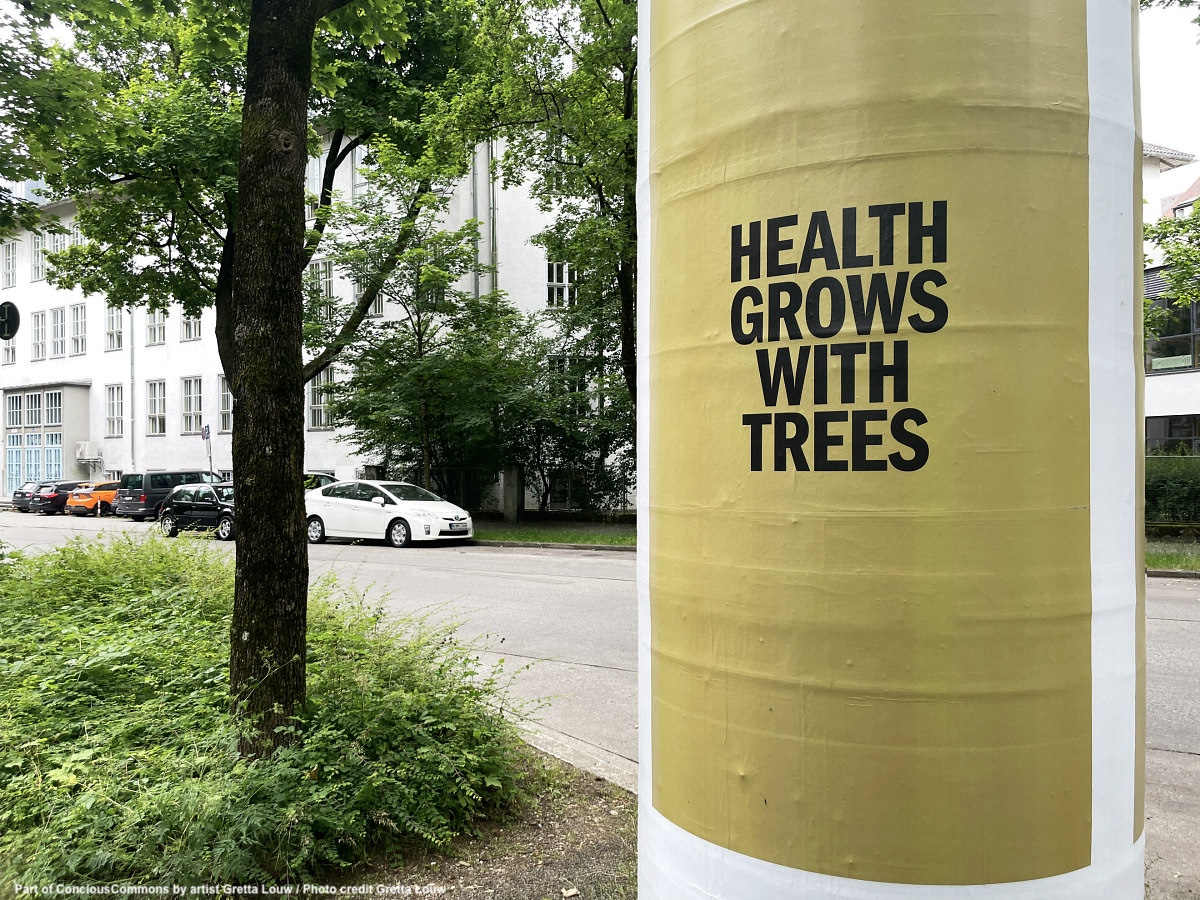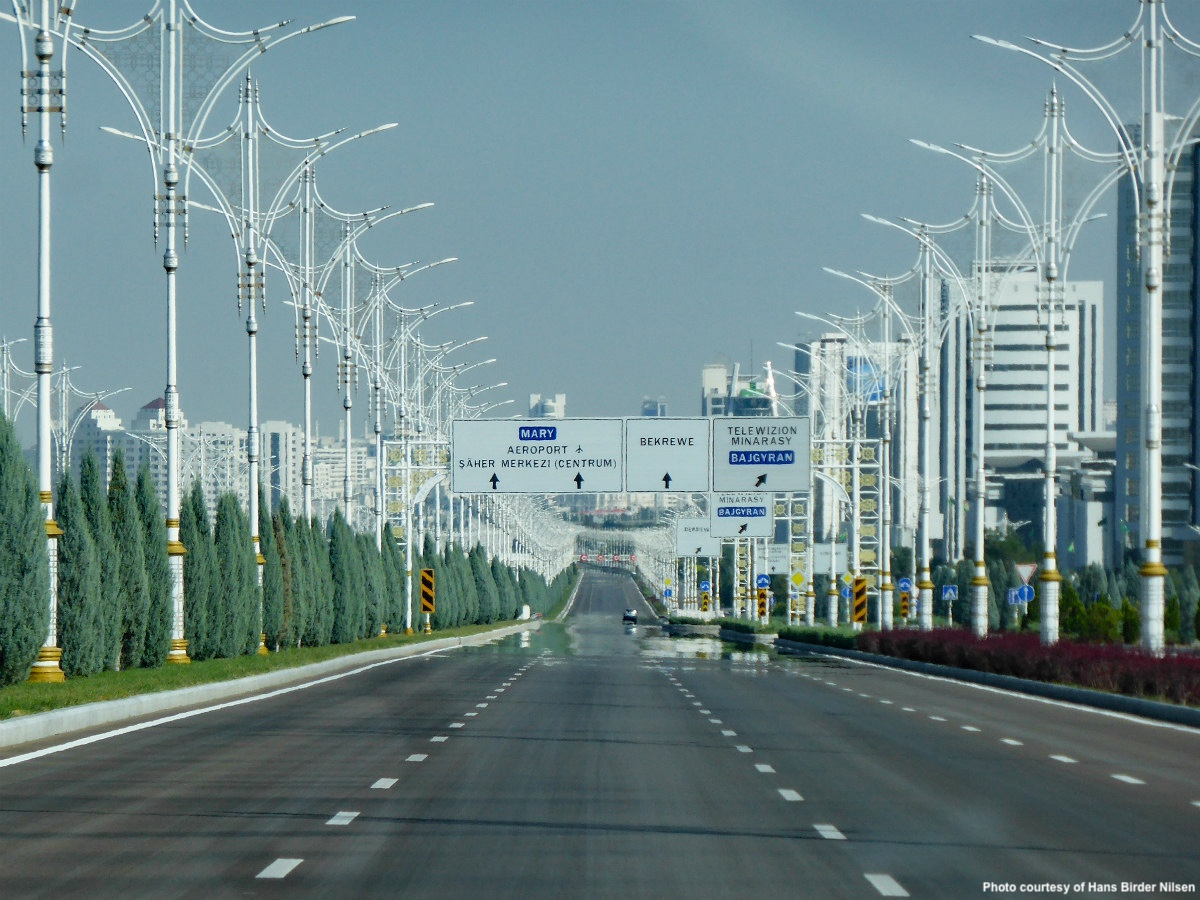Jorge Carrillo not only wants to save Bangkok’s street food, but a well-functioning city where street food vendors play a vital role. This is why he came up with the Beyond Food Initiative.
The decision by the Bangkok Metropolitan Authority to remove street food vendors from many city locations has recently caught the imagination of journalists, foodies and the public. Nowhere else will you find as many street food stalls as in Bangkok. Half a million people cook food on every sidewalk.
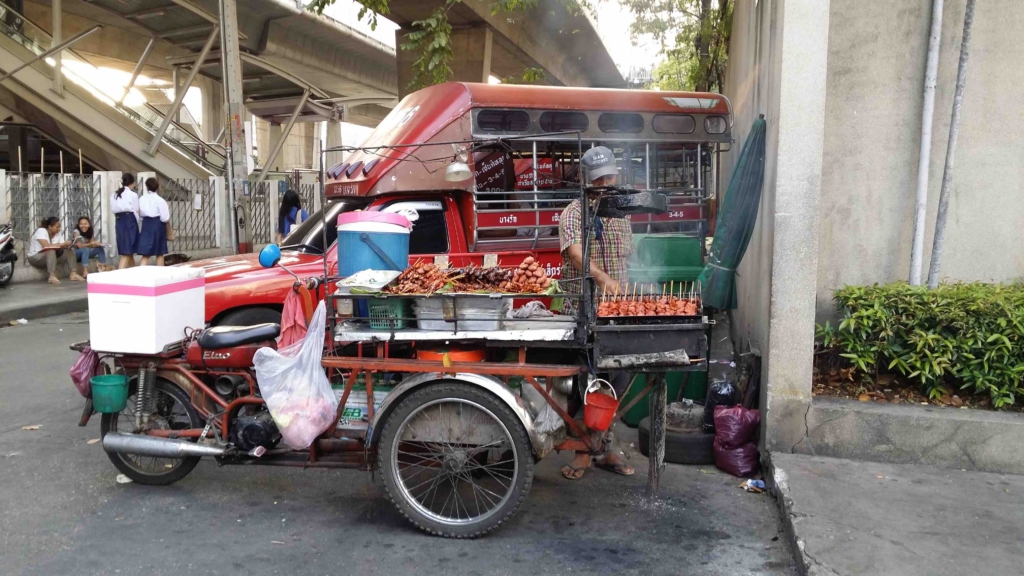
Critics of the street food culture in Bangkok argue lack of hygiene and environmental concerns, but they miss the bigger picture. To be sure, the amount of garbage generated is a real problem since many stalls only serve food to go and recycling is not one of Thailand’s specialities. Thus, the problem is not created by street vendors only but by a city-wide inefficient waste management.
Jorge Carrillo has founded the ‘Beyond Food’ initiative because ‘I want to help people understand that this is about more than a tasty pad Thai for tourists. Putting an end to the street food stalls would create something like a social earthquake!’. They are planning many activities to influence an audience of academia, the media, social entrepreneurs and city officials.
Street food is not meant to give “character” to the city for tourists, it makes the city functions. It is about affordable food for many locals, street food stalls make the streets safer and street corners less deserted and, more importantly, foods stalls bring people together. ‘You will see bankers on plastic stools enjoying their foods alongside taxi drivers. For Thais, food is the common denominator’.
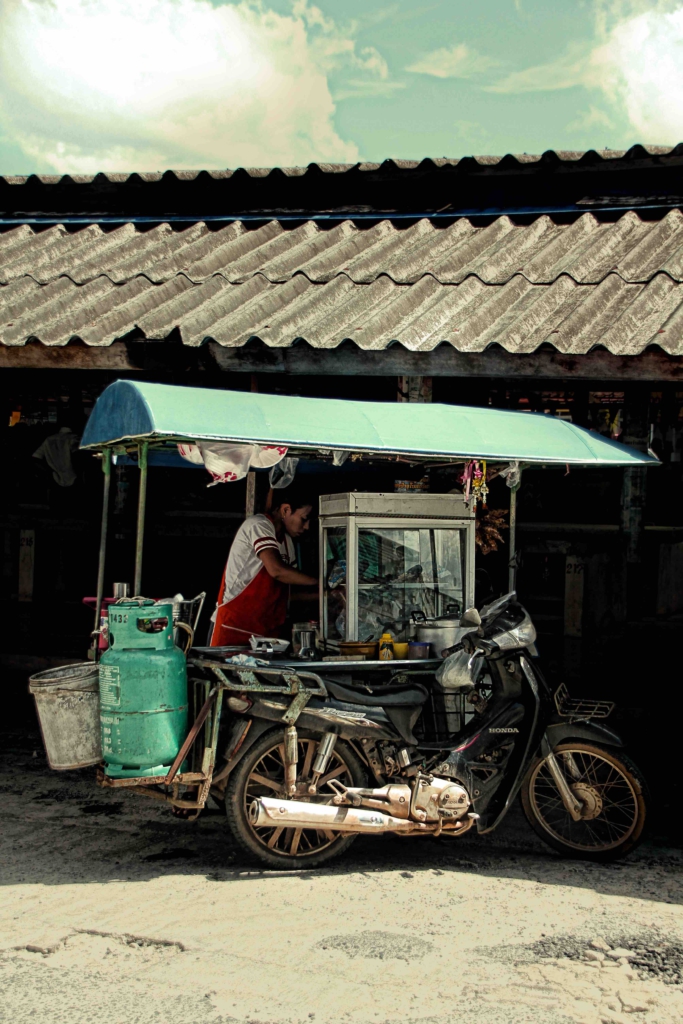
Sadly, most of the conversation is happening within a very narrow perspective that pays very little attention how street vending is embedded in urban life at large. Consequently, the dominant view among policy-makers, the media and the public at large is very black-and-white: either keeps it as it is or get rid of it completely. This attitude ignores the complexity of this issue, the way street food is linked to other urban dimensions such as use and design of public spaces, urban safety, urban formal economy, right to the city, etc. Thus, it is necessary to understand not only to the situation of street vendors but also how street food vending is embedded in the functioning of the city in all its dimensions.
Photo on title by @changlisheng
